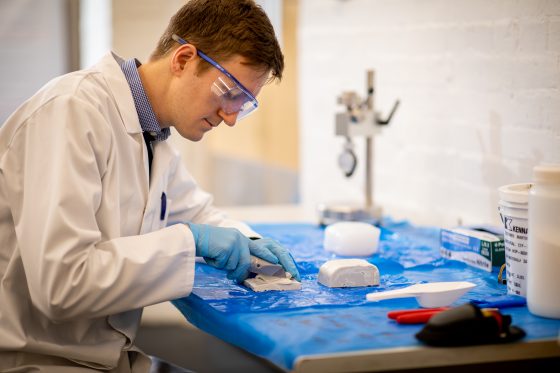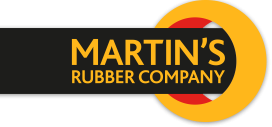How to win work from Sellafield: A step-by-step guide for SMEs
Posted on 17/07/2020 Category: Latest News, Rubber Testing

We’re an SME. We’re based in the south of England, a long way from the rolling hills and lakes of Cumbria. We’re often told that we’re Tier 3 at best, a commodity supplier – usually by people who don’t understand what we do – but perception remains a barrier, however misguided.
We recently landed our first Sellafield order, and we’re pretty happy about it!
Is it possible for any SME to win work from Sellafield?
That really depends on whether Sellafield are likely to purchase the service or product that you have to offer – and if they do, whether they would want to buy it direct from you. It’s not impossible – in fact, it wasn’t particularly difficult. However, it did take a long time to get to this point.
Based on our experience, nuclear is not a quick-win option; if you’re in it for the long haul and you have relevant skills, there is no reason, so far as we can see, that an SME shouldn’t succeed in winning business. Sellafield and their supply chain have very clear guidelines on fair competition, and have a drive to work with SMEs.
Step by step: the process
When we identified nuclear energy as a marketplace suited to our developmental approach and collaborative work style, as an SME we were concerned about our chances of doing business with giants in the supply chain like Sellafield and their Tier 1 contractors. Given our success, we thought it might be useful for other SMEs to understand the processes we went through:
- Amongst other networking and business development activities, as well as beginning the F4N journey, we joined the Sellafield SME supplier forum. This is a regular forum run by Sellafield for its SME supply chain aimed at creating networking opportunities and facilitating collaboration with Tier 1 contractors.
- As a result of the information given at our first forum (the first one they ran, in fact), we signed up to LINC with Sellafield, now part of the CTM (Complete Tender Management) system. This sends out notifications of tenders released by Sellafield, other nuclear sites and Tier 1 contractors. LINC is specifically aimed at lower value work which can be more relevant to SMEs.
- Eventually, we received notice of a contract that fitted our services. We registered interest in the opportunity and reviewed the documentation before putting together a bid document. As part of that bidding process we were invited to a teleconference; this included several members of Sellafield staff as well as some of our competitors who were also tendering for the work. The call gave us a chance to clarify detail and ask questions, as well as size up some of the competition.
- Within weeks of uploading our tender documents to the CTM portal, we received word from Sellafield that our bid had been successful.
When the bidding process was over, Sellafield provided us with feedback on our performance. As it turned out, we scored equally in terms of technical competence compared with our competitors, but came in as a more cost-effective option; as is the case with many SMEs, we demonstrated the skills and agility to stand shoulder-to-shoulder with larger corporates, but quoted at a more competitive rate. The feedback we received also gave us some points for improvement on future bids, invaluable for improving our likelihood of success.
Since winning the work – and in spite of the Covid-19 lockdown – we have already had a collaborative call to finalise some of the detail and have undergone the process of setting up as a direct supplier, which wasn’t onerous. We have already started the project work, just 6 months after the initial contract notice.
What does the future hold?
The work that we’ve won with Sellafield is a year-long contract to undertake testing of rubber materials under compression at a specified temperature. The nature of the work is not particularly complex, however, it has reinforced our relationship with Sellafield and demonstrated that, as an SME, it is not only possible but actually quite straightforward to win work from the nuclear supply chain. The difficulty lies in finding a relevant opportunity and having the confidence to compete, not in becoming a supplier.


